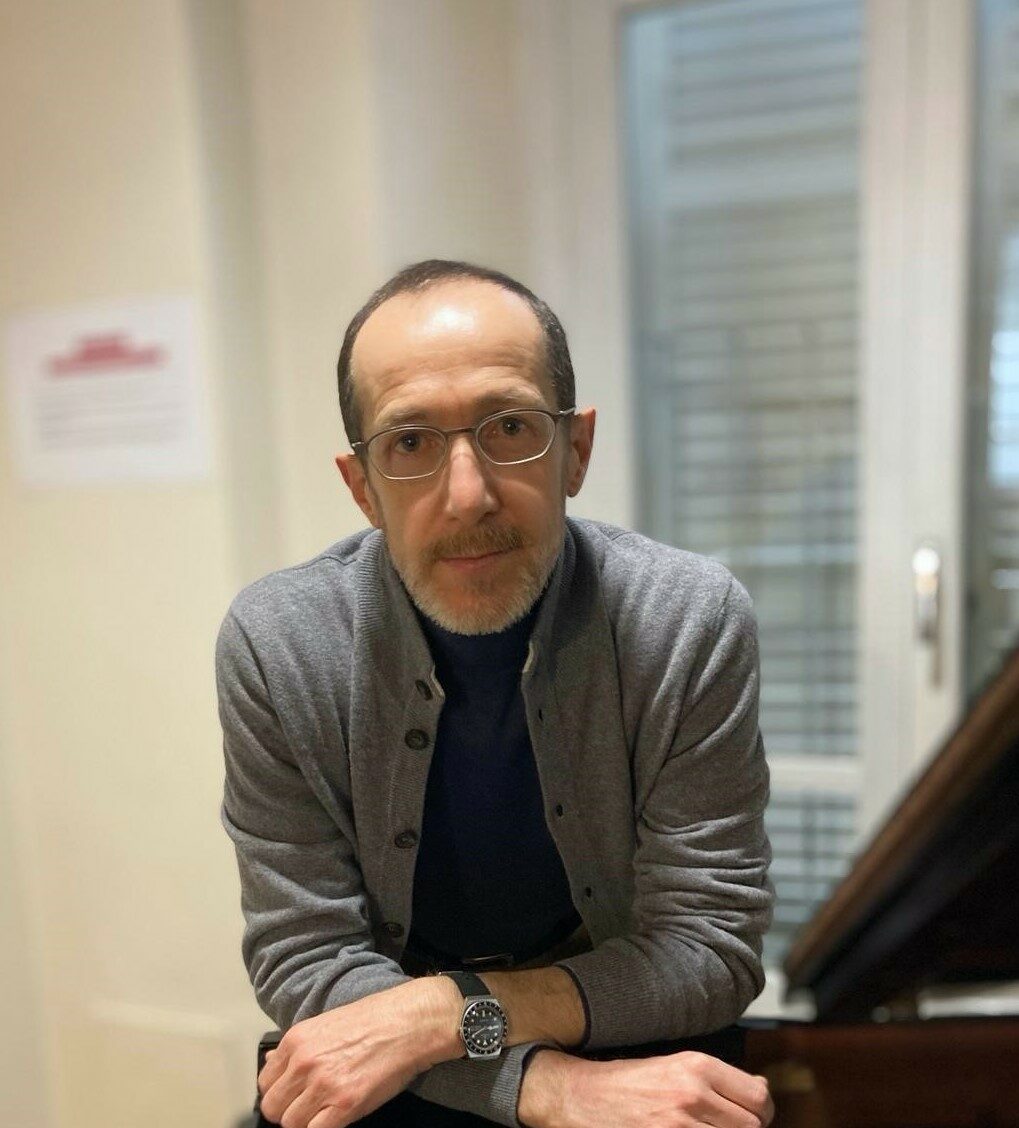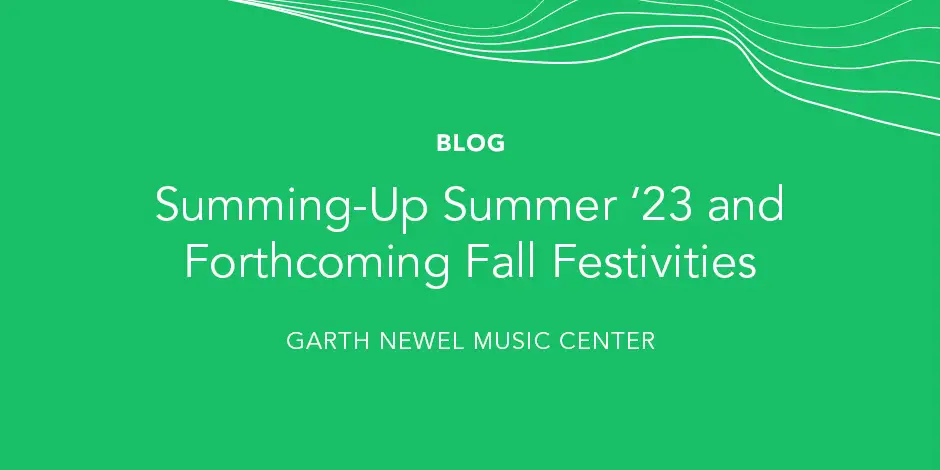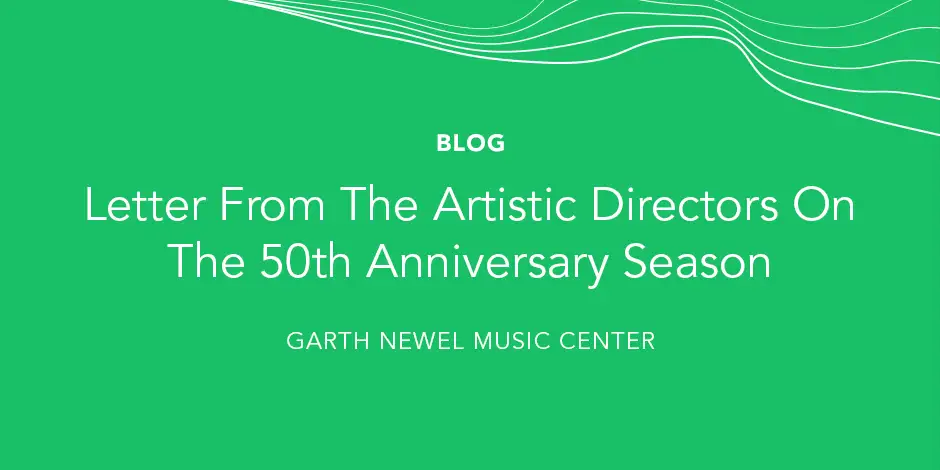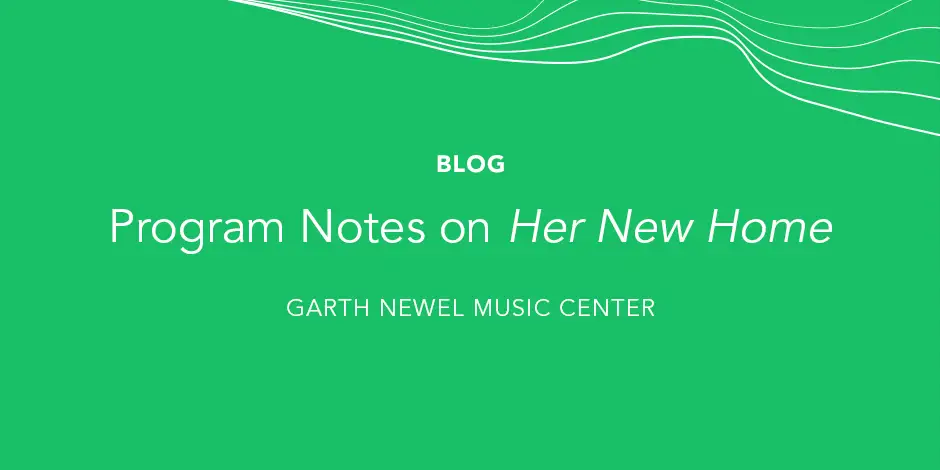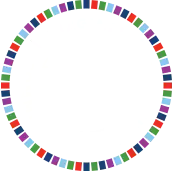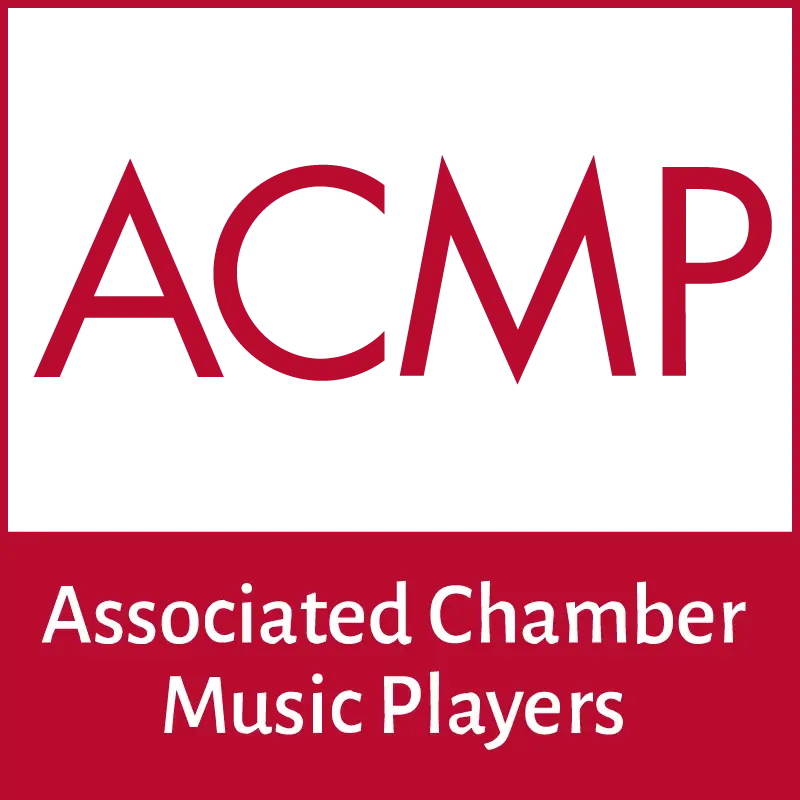Despite the staggering wealth of repertoire written for the piano, there comes a time when someone asks you (esteemed keyboard player) to play something written for another instrument.
There’s this piece we fell in love with, André Caplet’s Conte Fantastique (based on the Masque of the Red Death by Poe), which is scored for harp and string quartet. Harp parts look like piano parts right? Plus, Teresa asked me if I thought it was doable, so I took a quick look at it and said “sure, totally”. I really wanted to play it, so I didn’t lose sleep looking for potential pitfalls. I figured if I could play through it I could make it work. And if it sounded too humdrum, I could try to do things inside the piano! You know, something closer to the spectral plucking and strumming that Caplet was going for.
My internet meanderings into this piece have unearthed 2 out of 70 sources that say that Conte Fantastique is also for piano and string quartet.
This almost seems like a translation mistake, but no, harp in French is just harpe, not piano. However, I have also not discovered any performances of the piece involving anything other than harp and strings.
Harp glissandos are different from piano glissandos. They can actually gliss in a key. Pianists have to finger it all. So, for example:
this really cool cadenza becomes a series of scales instead of rapid fire glisses.
So yes, it was a time-consuming challenge. But still doable!
The flip side to that is, piano glisses are chromatic on white keys. So when Caplet indicates for both black and white key glisses, they sound much thicker on the piano. This can be solved by being light with consistent weight applied; on a good piano, glisses have infinite color. Interestingly, Caplet had originally written Conte Fantastique for chromatic harp and orchestra (titled Legend Légende, Étude symphonique pour harpe chromatique et corde), but was never published due to a disheartening reception at the premiere in 1908. On the scent of any undiscovered work for the harp, Micheline Kahn (on the scent of any new works for the harp) sought out Caplet and helped him to revise the piece to diatonic harp and string quartet. This, as well as his frequent directions to gliss on both black and white keys, suggests to me that Caplet wanted more chromaticism, more creepy dissonance.
Now I don’t know the mechanics of how to play on the harp AT ALL, but I was having too much fun with the part to give it up. I’m greedy like that. I will admit that the piece sounds super spooky and creepy with the timbre and resonance of the harp, but I think the piece is so vividly written that the visceral depiction of Edgar Allen Poe’s nightmarish tale will be unmistakeable. Plus, our own Shawn Puller will be narrating it, and he does a fantastic and freaky job of it. You won’t want to miss it.




